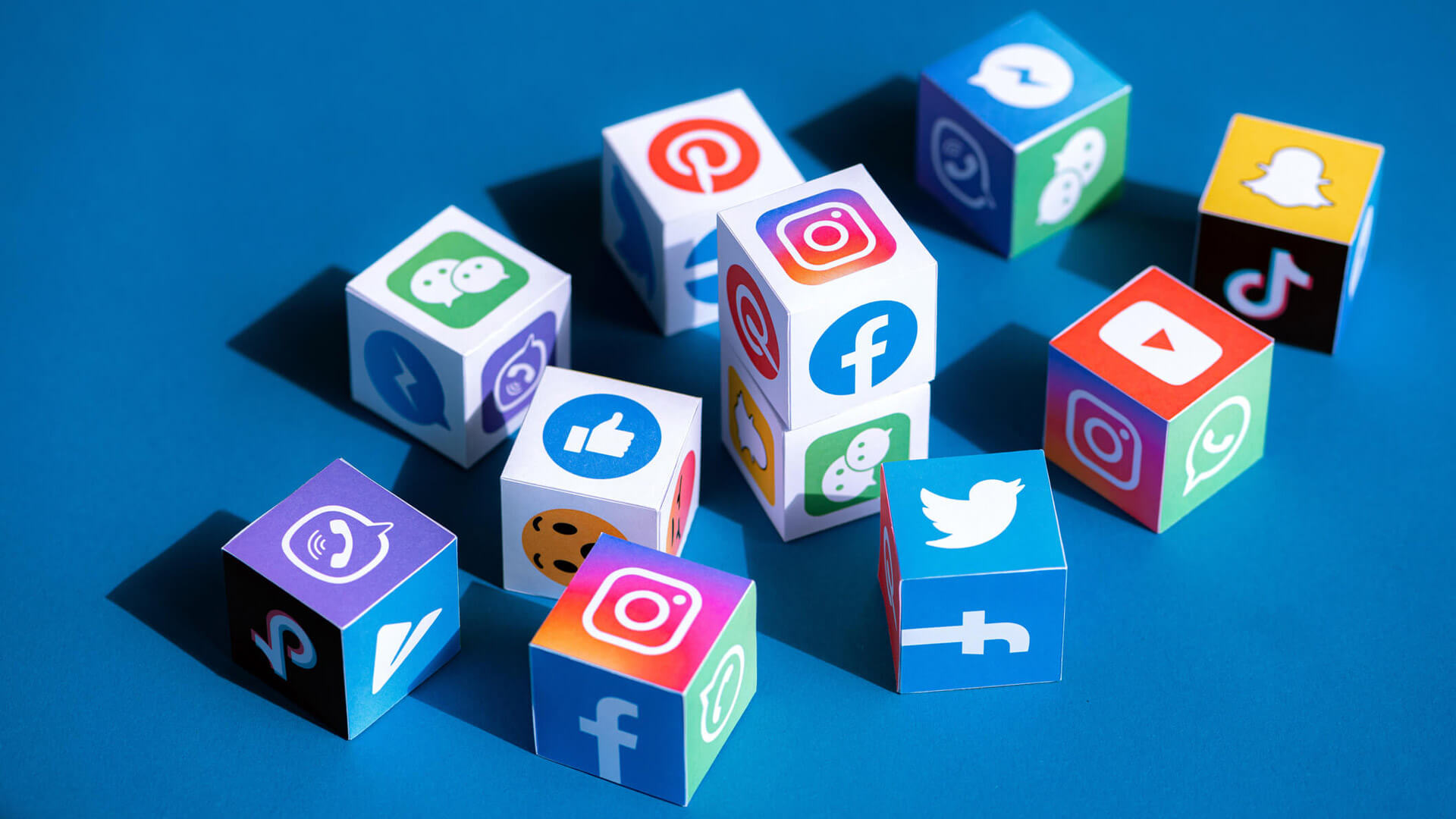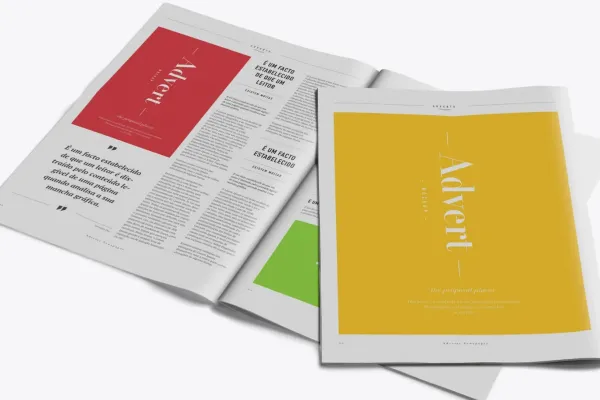
 Details
Details
Some native advertising mistakes can easily be avoided. The ones I'm going to share with you in this article fall in that category. I’ve made them all and wasted a lot of time, energy, and money unnecessarily so that you don't have to.
As an advertiser, you’re the driver of your campaigns. You don´t even need to be a great driver. If you just avoid the potholes, you´ll most likely get home safe, without a scratch.
I'm going to show you which potholes to avoid. But first, a small caveat. While the following mistakes largely apply to any form of native advertising, my particular focus is creating content for native recommendation platforms like Outbrain, Taboola, Revcontent, Yahoo Gemini, TripleLift and Nativo.
Alright, let's do it and dive into the biggest native advertising mistakes you should avoid.
1. Copying Your Social Campaigns

When I got started with native advertising, I often just applied other marketing strategies to my native efforts. After all, my paid social campaigns were crushing it so why not just use the same structure, targeting, headlines, and images for native, right?
Well, wrong. Social and native are fundamentally different. In fact, users’ behaviour on social media and native often diverge from one another.
Here’s what works on social that doesn´t work so well on native:
- Images with catchy graphics or text overlays
- Direct response landing pages with almost no value
- Multiple devices in one campaign
- Different geo targets in one campaign
- Interest targeting
We’ll dive deeper into some of these in the next mistakes.
READ MORE: Native Advertising on Social Media – An Introduction
2. Neglecting Research
Worse than copying campaigns from other platforms is not doing any pre-campaign research or media planning.
Essentially, it falls into three categories:
- Target market research: understanding your buyer´s motivations, objections, and decision-making process, among other things
- Product research: knowing your inventory and the unique advantages of each solution
- Competitor research: what hooks, creatives, landing pages, the types of offers they’re running and where they're running them
You might think this is a waste of time. And, frankly, it will be if you just store all the research in some cloud folder you´ll never look at again. But great advertisers know that competitive intelligence or research is their ultimate advantage.
A solid campaign planning process can save you a lot of time and money down the road. Would you go on a trip to Mars without knowing how much fuel you need to reach it? Of course not. But that´s what most native advertisers are doing.
For steps 1 and 2, you might already have some of that information. You probably have to go deeper though. When it comes to native advertising competitor research, there are great native ad spy tools tools like Anstrex, AdPlexity, or SpyOver that can help you analyze and monitor what others are doing.
As part of the research process, you should also go through the native platforms’ ad policies. The last thing you want is to spend time creating content that won’t even be approved.
3. Mixing Different Buyer Personas
Assuming everyone is the same is a huge native advertising mistake you should avoid. Now, if you only have one buyer persona or customer avatar, you can skip this. Otherwise, let me explain why you shouldn´t mix them up like fruit in a blender.
Having different personas requires you to craft different messaging. People respond to copy, creatives, and landing pages in different ways. Hence, audience signals captured by the algorithms vary between messaging A, B, and C.
When you put more than one customer avatar into a single campaign, you’re giving machine learning confusing signals, leading to bigger performance fluctuations and ultimately average results. To understand what I mean by this, imagine machine learning as a race car that needs a certain type of fuel to run at its peak performance. The more fuel types (customer avatars) you mix into one tank, the more likely the race car is to underperform on the track or not even perform at all.
So, make sure to have only one avatar per campaign and don´t forget to name your campaigns in a way that helps you to identify the personas. I like to keep it simple and add just two letters. For example, HO stands for Home Owners.
READ MORE: How to Write an Advertorial that Performs
4. Overly Targeting a Specific Audience

This is a very common mistake that comes mainly from our experience on platforms like Facebook or YouTube. But native is a different animal. The ad technology on the content recommendation platforms needs breathing room to optimize and perform at its peak.
If you're used to targetting specific audiences on Facebook, that will likely not work on Outbrain, for example. You might end up paying too much for clicks that you could've gotten cheaper had you used broad targeting.
“Wait a minute, I was told not to market to everyone,” you might say.
Yes, that's true, you shouldn't. Facebook’s superpower has been interest targeting. Advertisers relied heavily on it to create successful campaigns. But after Apple introduced App Tracking Transparency, Facebook began rewarding those who are the best copywriters, forcing advertisers to rely more on messaging than targeting capabilities.
This is one of the few similarities with native platforms. What you want to do is reach wide and filter people with your ad copy. That means your headlines need to be specific and call out the exact customer persona you want to attract. For example: “Busy Toddler Moms: 5 Diaper Bag Essentials.”
Try to stay away from interest or lookalike targeting on native platforms. The best results will most likely come from broad targeting. Instead of using interests, for example, segment your targeting by geography, device, operating system, or browser.
Read More: How to Create a Native advertising Strategy
5. Having a Shoestring Budget
I still remember the famous Facebook advertiser Dennis Yu promoting his $1 a day strategy. It sounded good at the time and fast-tracked my paid social career. Unfortunately, many beginner native advertisers are still trying to make this kind of strategy work.
Small budgets on native platforms are much harder to make work. Anything under $100 a day per campaign should be a red flag. It will not produce enough data quickly enough for machine learning to catch up and deliver maximum performance.
When you go with a low budget, your campaigns will be stuck in a never-ending learning phase that will almost always result in low reach, conversion rates, lower ROAS, and higher cost per click (CPC) and cost per action (CPA) rates.
If you’re eager to try your campaign out on a lower budget, just understand that you will most likely not get the best results possible.
READ MORE: The Best Native Advertising Platforms at the Moment
6. Mixing Multiple Geo Targets
Again, what works beautifully on Facebook, Google or YouTube can often be a native advertising mistake. On those platforms, we’re used to mixing up a bunch of locations in one campaign but it’s something to avoid on native platforms.
The only case where you might mix different geo targets in one campaign is remarketing. I would still be careful with this though and only mix countries with the same language or on the same continent, for example, the United States and Canada.
For cold campaigns, always separate your geo targets. Publishers in one country are different from the other, affecting all the metrics you care about and diluting your campaign data.
7. Not Speaking Your Audience’s Language

You’ve probably heard this somewhere from a marketing teacher: “You need to speak your audience’s language, the way they talk about their desires, problems, and objections.”
Yes, while that is true, it´s not the kind of language I’m talking about here. A common mistake advertisers make is launching native ads all in the same language, typically English.
However, native audiences respond better to advertising that is translated into their mother tongue. Using the appropriate local language can increase the reach of your campaigns without actually increasing budgets. You should also translate your landing pages for congruence.
This can be a challenge if you lack the resources. In that case, I’d recommend only targeting English-speaking countries and waiting to scale to other countries until your internal budgets allow it.
READ MORE: How to Create a Facebook Sponsored Post
8. Using Clickbaity Tactics
What do you prefer: a high clickthrough rate (CTR) and a low conversion rate or a low CTR and high conversion rate?
A smart advertiser like you would choose the latter.
Many of our peers still think that by tricking the ad platforms with clickbaity headlines, they’ll get higher conversion rates. This is born out of the belief that the more people see your landing page, the higher your chances to convert them. While it sounds good in theory, it doesn’t actually work.
All clickbaity headlines will do is damage your brand’s reputation long term. The same goes for weird images that do nothing but grab attention – the wrong kind of attention in most cases.
Plus, your audience is not stupid. Consumers are getting used to these deceptive tactics and becoming more proficient at avoiding or ignoring them.
Your goal isn’t to win the highest CTR award but to get quality clicks from your ideal customers. They are most likely to convert than some random person who just clicked on your ad out of curiosity.
READ MORE: How to Write Native Ad Headlines That Increase CTR
9. One Strategy for All Devices

People often mix different devices either because they don’t know what they’re doing or simply don’t want to take the time to create multiple campaigns.
But user behaviour is different from device to device.
For example, desktop users typically have more time to browse around at home or at the office, while mobile users are more likely to use their phones in any environment. We often see that mobile gets higher CTRs and lower CPCs.
When you bundle multiple devices, most native ad platform algorithms are going to favour the cheapest traffic sources even though that source might not be the best performing.
This often leads to a big disparity between device spending. When you start making optimizations, the algorithms will have to work extra hard to catch up and close that gap. In most cases, it never happens and you are left with a campaign that never reached its full potential.
READ MORE: The Best Examples of Native Ads in 2024
10. Testing Randomly
You probably already know that testing is vital to the success of any advertising campaign. This is especially true with native ads, as most of what you’ll put out there just won´t work. That’s why you need a process for testing.
A good rule of thumb is to test one variable at a time. Variables can be headlines, creatives, landing pages, devices, or operating systems.
Here’s what your process can look like for ad copy testing:
- Create a new campaign with the same settings as your original campaign
- Lower the budget for the new campaign
- Rename it so you can recognize the test (I like to put something like {Headline Test v1} at the end of the campaign name)
- Take the best 1-2 performing images from the original campaign and combine them with up to 10 new headlines
The idea is to take the best-performing elements and combine them with unproven variables. If your test outperforms the original campaign, the test campaign will become the new original for you to scale.
READ MORE: What are the different types of native ads?
11. Giving Up Too Soon

Let me share with you the story of the “fallen native advertiser.”
John was a marketing manager at a well-established productivity software company. One day, while reading through an industry blog, he came across an article about native advertising for the software business. He got so excited about it that the next day, he convinced management to invest in native ads and diversify his company’s media mix.
Four weeks later, his excitement had vanished and the executives were losing patience. Two months into native ads, the board pulled the plug. Thousands of dollars in the hole, John couldn´t justify what once was a huge opportunity anymore. This was the end of the native advertiser.
Sound familiar? When people are used to other types of advertising, it can sometimes be hard to understand why native doesn´t work for them. But native is a different animal. It takes longer to see results and will almost always require a lot more testing.
So, just because you don’t see immediate ROI (however you define that), it doesn´t mean native advertising doesn´t work. Be patient with it and keep testing. As Vince Lombardi famously said: “Winners never quit and quitters never win.”
Native Advertising Mistakes: Final Words
Some of these mistakes can easily be fixed with a few tweaks. Others might require you to do some extra work, especially when it comes to research and landing page creation. However, there’s no easy path to success.
You’ll still have to invest time, money, and energy to make native advertising work for your specific business. Sometimes, it can take months before you see results.
That being said, if you can avoid the mistakes others have made and stick to a plan long enough, you’ll be giving yourself and your company the best chances of success.
READ MORE: The top 10 examples of BuzzFeed doing native advertising

